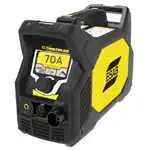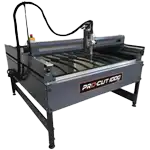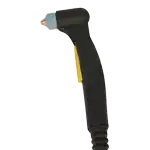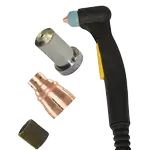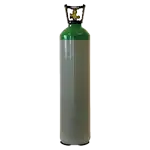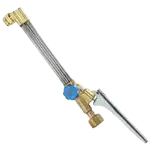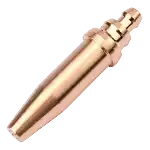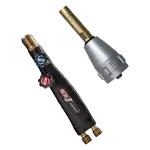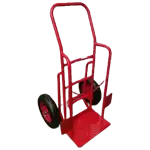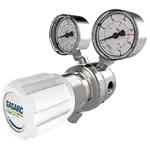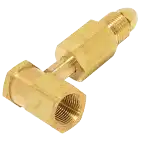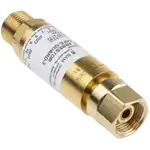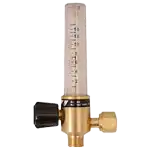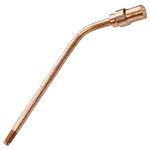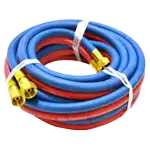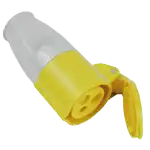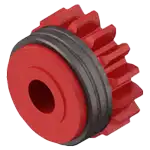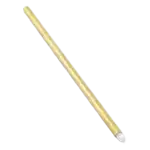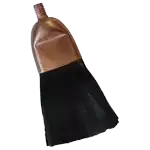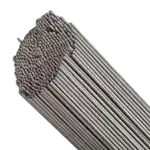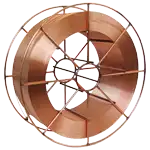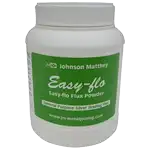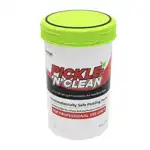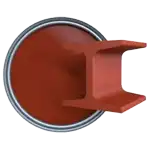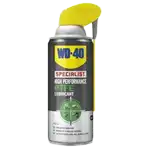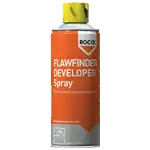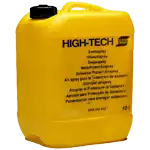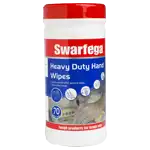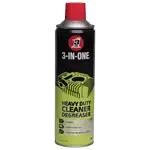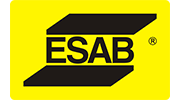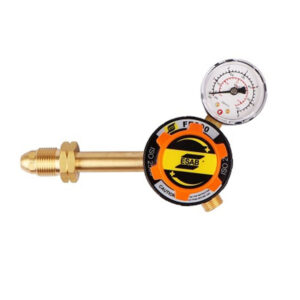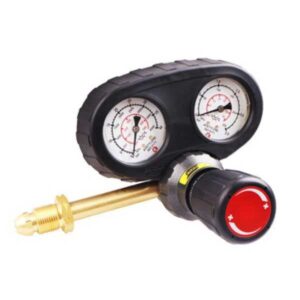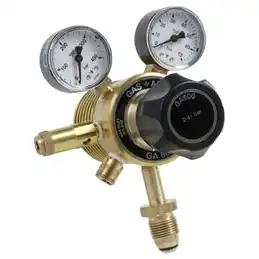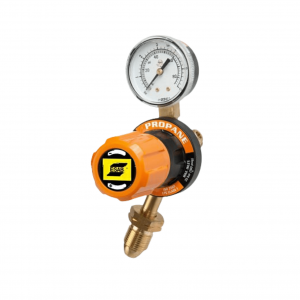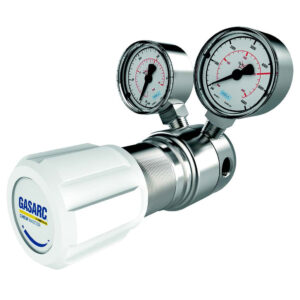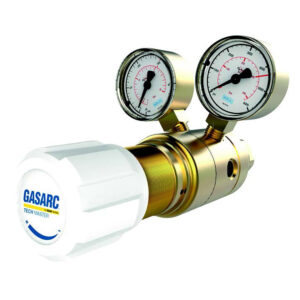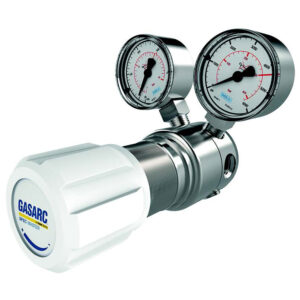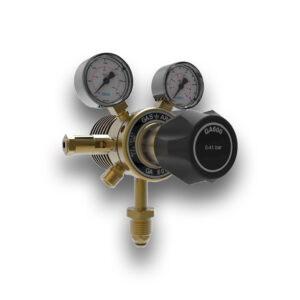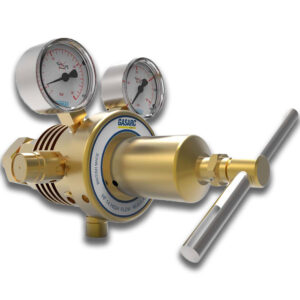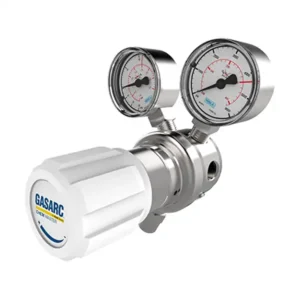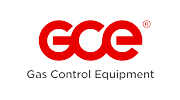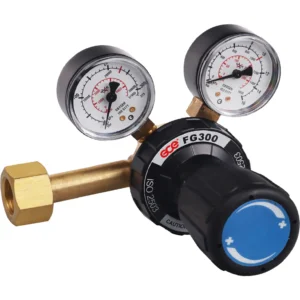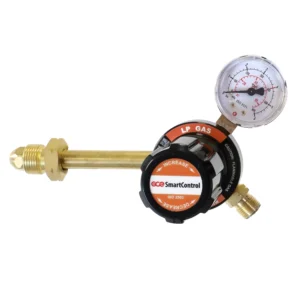This website uses cookies so that we can provide you with the best user experience possible. Cookie information is stored in your browser and performs functions such as recognising you when you return to our website and helping our team to understand which sections of the website you find most interesting and useful.





Home / Shop / Gas Supplies / Gas Regulators / Propane Regulators | LPG Regulators


Buy Now, Pay Later In 3 Interest-Free Payments
Industrial applications demand power, and propane gas delivers. But for safe and controlled use in tasks like asphalt heating, metalwork, or grain drying, industrial propane or LPG gas regulators are the key. These heavy-duty regulators handle high pressures, ensuring a steady flow for even the most demanding jobs. Available in single-stage or multi-stage configurations, they offer precise pressure control for optimal performance, with built-in safety features for peace of mind. When it comes to maximising productivity and propane’s potential, industrial gas regulators are the muscle behind the muscle.
FAQs
What does a propane gas regulator do?
A propane gas regulator acts as a pressure control center for your propane appliances. It reduces the high pressure inside the propane tank (usually around 250 psi) to a safe and usable level for your specific appliance (often around 10-20 psi). This ensures safe and efficient operation, preventing damage to your equipment and potential fire hazards.
Do I need a different propane regulator for each appliance?
While there are various types of propane regulators, most commonly you’ll find low-pressure and high-pressure regulators. Low-pressure regulators are ideal for most household appliances like grills, fire pits, lanterns, and some RV equipment. High-pressure regulators are used for applications requiring a stronger gas flow, such as turkey fryers, high-powered patio heaters, and some industrial equipment. Always check the appliance’s manual for the recommended regulator type and pressure.
How do I choose the right propane regulator?
Choosing the right propane regulator involves considering three key factors:
- Pressure: As mentioned earlier, identify the required pressure for your appliance (usually stated in the manual). Match this with a low-pressure or high-pressure regulator.
- Connection type: Propane regulators come with different connection fittings on both the tank and appliance ends. Ensure compatibility between your regulator and both the propane tank and your appliance.
- Flow rate: The flow rate of a regulator indicates the maximum amount of gas it can deliver per hour. Choose a regulator with a flow rate exceeding your appliance’s gas consumption for optimal performance.
